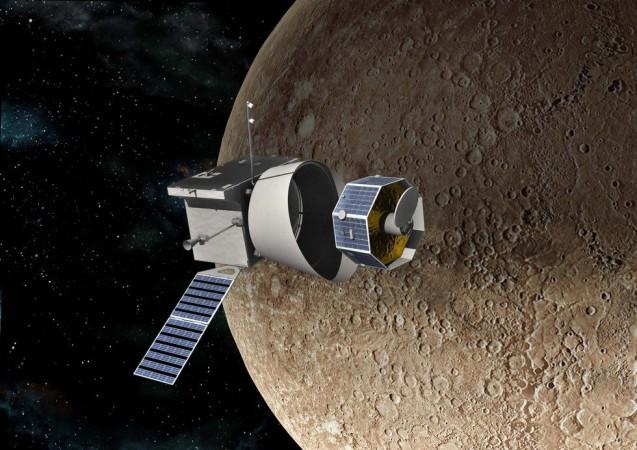
BepiColombo is a European-Japanese joint mission to the innermost planet in the solar system—Mercury. The mission will be launched in 2018.
Also Read: Researchers have found 10 faint galaxies that kick-started the whole universe!
Mercury Transfer Module (MTM) is the carrier orbiter which will supply electrical power during interplanetary sail. The MTM will carry two orbiters including Mercury Planet Orbiter (MPO) of The European Space Agency (ESA) and Mercury Magnetospheric Orbiter (MMO) of Japanese Aerospace Exploration Agency (JAXA).
JAXA's MMO craft will be largely inactive during the travel, except for intermittent startups to monitor craft's proper functioning. MPO on the other hand, will keep the communication channels open with Earth and also control the MMO till all three components part ways.
The spacecraft will reach Mercury over a span of seven years. It will fly by Earth in 2020 and Venus in 2021. The spacecraft will slowdown to get caught by Mercury's gravity in sometime between 2021 and 2025.
The separation of the orbiters from the MTM spacecraft will take place just before it enters Mercury's orbit. The two crafts will then explore Mercury in different orbits. This is likely to be a one Earth-year long mission, which is equal to four Mercury years.
"Japan's MMO will have an orbit of 9.3 hours, and Europe's MPO an orbit of about 2.3 hours," Space.com reported.
The mission can be extended further if the funds allow and given the two spacecrafts continue to function properly.
In 1993, the first plan to explore Mercury was initiated by the ESA. The orbiter involved in the mission became a part of the ESA science program Horizon 2000, launched in 1985.

















